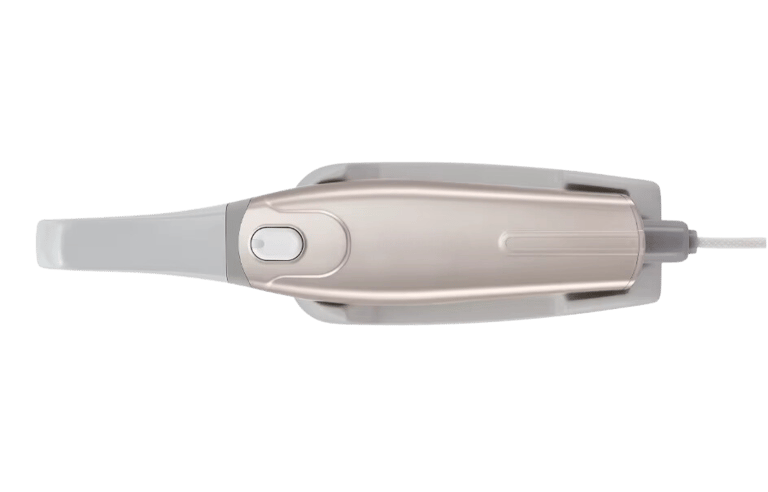How 3D Digital Scanning Technology Can Boost Your Dental Practice’s Market Competitiveness
9/12/20242 min read
Introduction to 3D Digital Scanning in Dentistry
In the rapidly evolving field of dentistry, staying ahead of the curve is crucial for maintaining and increasing market competitiveness. One technological advancement that offers a significant edge is 3D digital scanning. This cutting-edge technology not only improves service quality but also attracts more patients by enhancing the overall experience. In this blog post, we will delve into how 3D digital scanning technology can boost your dental practice's market position.
Enhancing Service Quality
First and foremost, 3D digital scanning dramatically improves the quality of dental services. Traditional methods of dental impressions often involve uncomfortable, messy alginate materials that can be inconvenient for patients. In contrast, 3D digital scanners provide a quick, accurate, and non-invasive alternative. The precision of these scans allows for more accurate diagnoses, fitting of prosthetics, and planning of treatments. Furthermore, the digital nature of these scans means they can be easily stored and shared, streamlining the workflow and significantly reducing the time needed for complex dental procedures.
Attracting More Patients
Patients today are more informed and tech-savvy than ever before. They are increasingly looking for dental practices that offer advanced technological solutions to their dental issues. By incorporating 3D digital scanning technology, you position your practice as a leader in innovation, attracting patients who seek the best available care. The comfort and speed of 3D scanning also mean a better overall patient experience, leading to higher satisfaction rates and positive word-of-mouth recommendations. These factors collectively contribute to a noticeable increase in patient footfall.
Streamlining Dental Practice Operations
Integrating 3D digital scanning into your dental practice can significantly streamline operations, enhancing overall efficiency. Traditional impression materials require physical storage space and are susceptible to degradation over time. In contrast, digital scans can be stored electronically, eliminating the need for physical storage and ensuring long-term durability. Additionally, the data obtained from 3D scans can be seamlessly integrated into various dental software applications, allowing for more coordinated and efficient treatment planning. This digital integration reduces the chances of manual errors, improves communication within the team, and ultimately leads to better patient outcomes.
Conclusion
Incorporating 3D digital scanning technology in your dental practice offers numerous benefits that collectively boost market competitiveness. From improving service quality and attracting tech-savvy patients to streamlining operations and enhancing efficiency, this technology represents a pivotal investment for forward-thinking dental professionals. As the field of dentistry continues to advance, staying at the forefront of technology will ensure your practice remains competitive and continues to thrive.
© 2024. All rights reserved.


